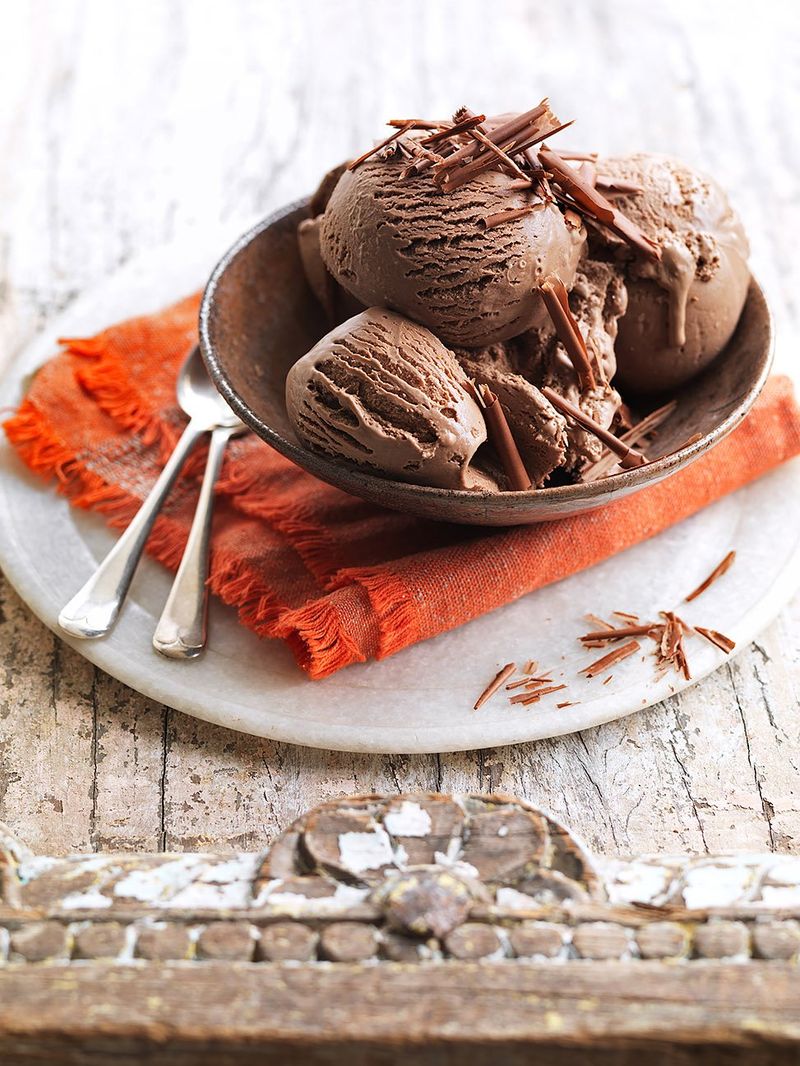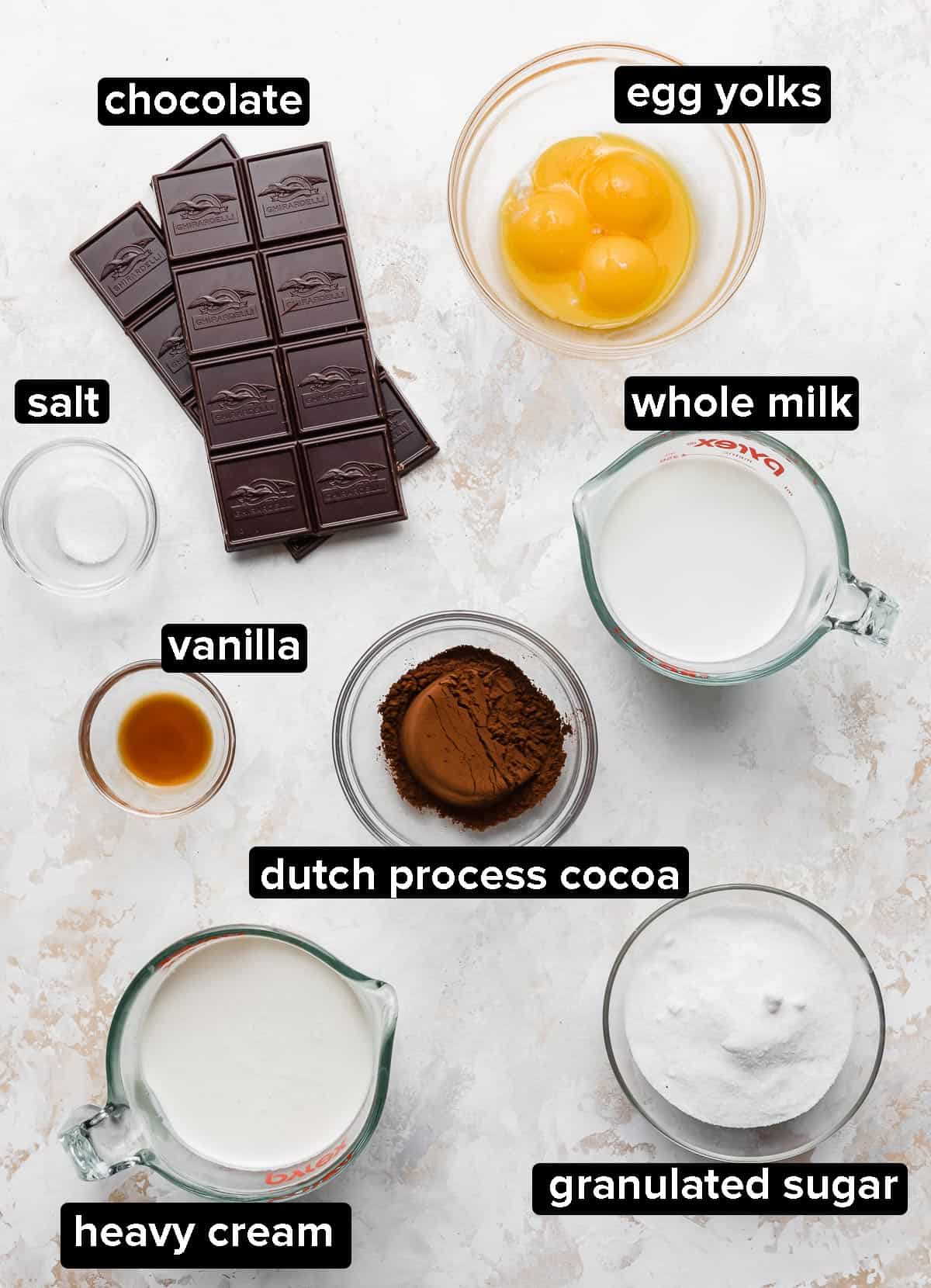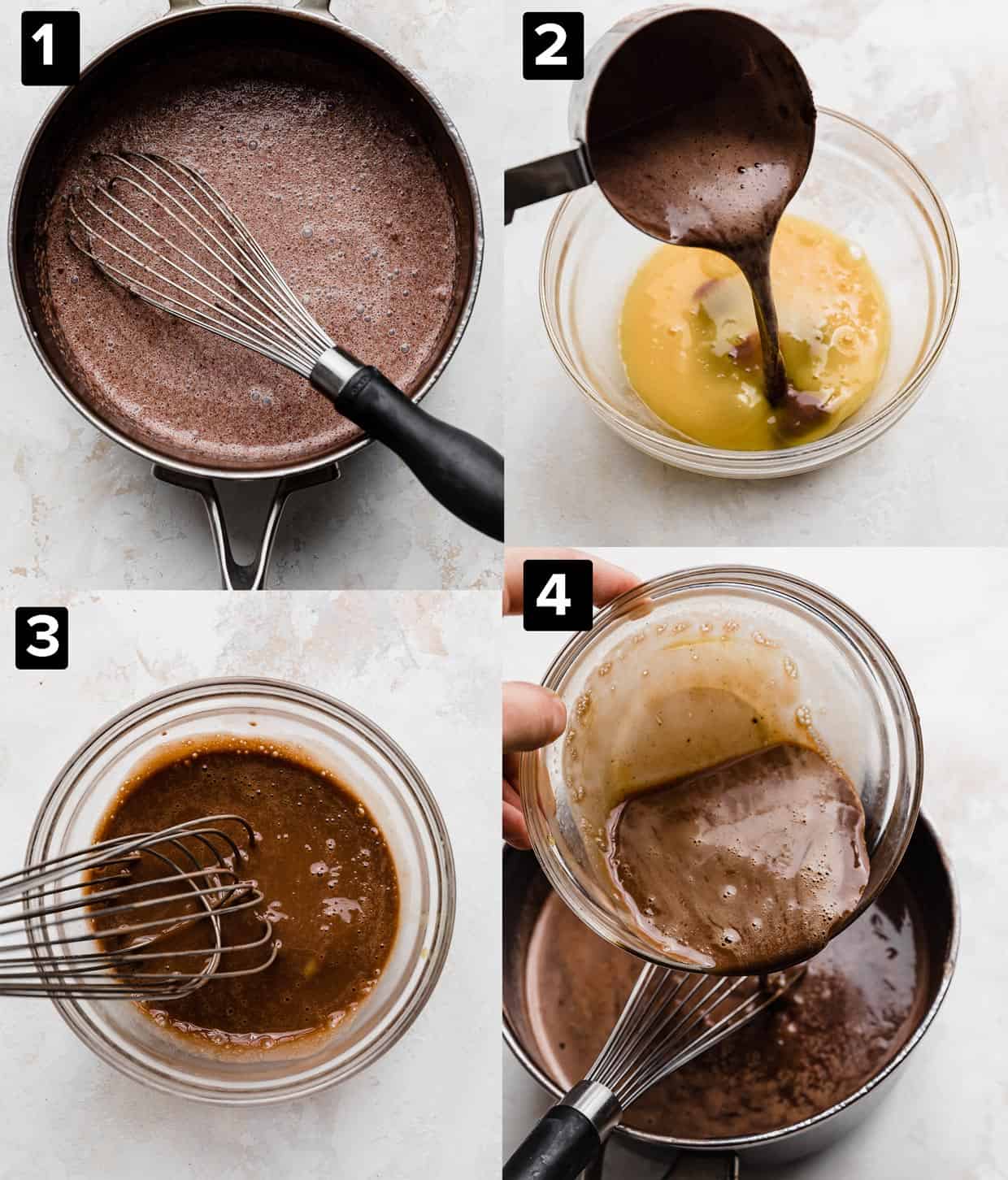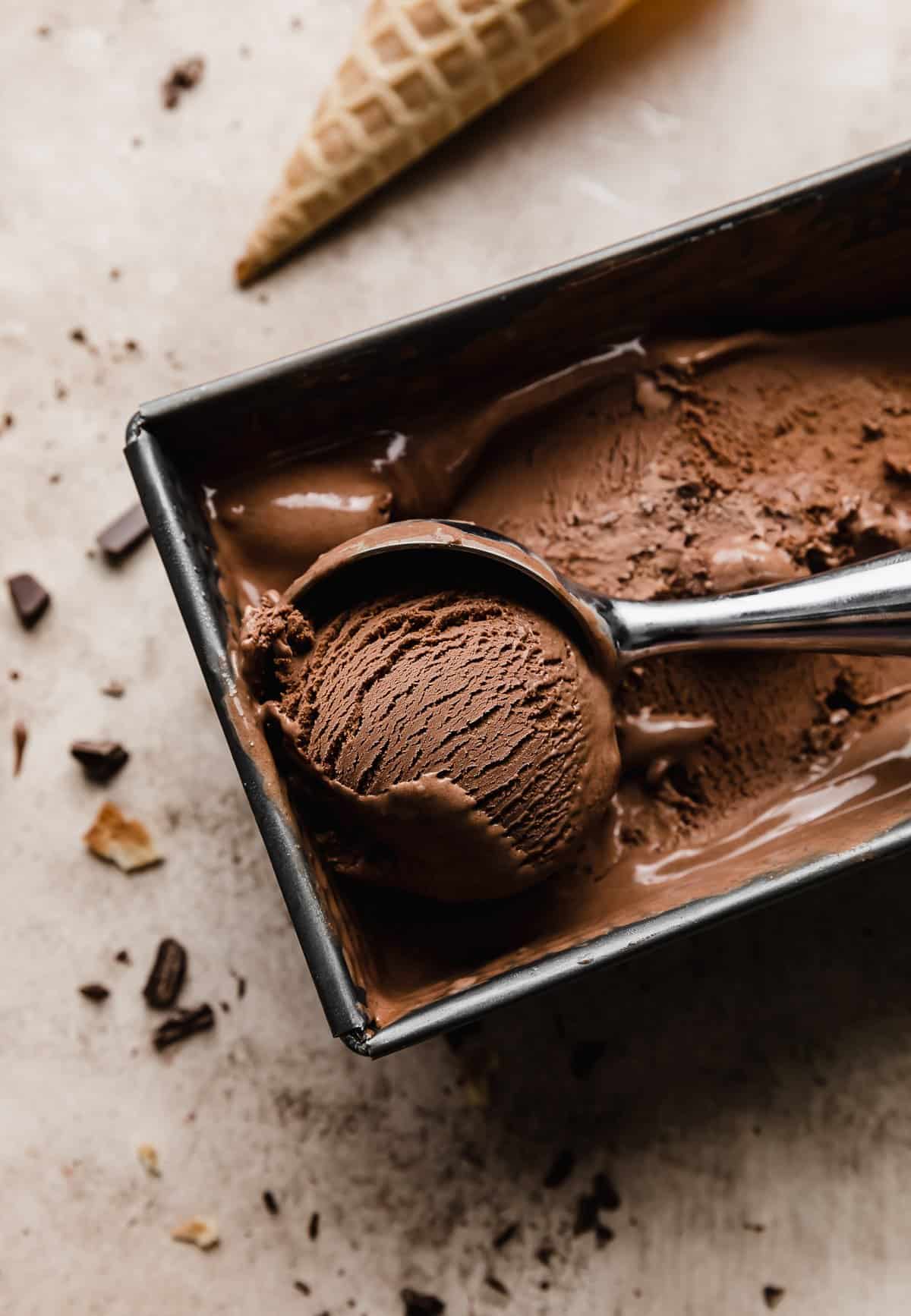chocolate ice cream
Chocolate ice cream, a perennial favorite in the world of frozen desserts, has captured the hearts and taste buds of millions. This creamy, rich, and indulgent treat has a fascinating history, a complex production process, and a wide array of variations that make it a beloved choice for people of all ages. Let's dive into the delectable world of chocolate ice cream, exploring its origins, making, varieties, and some frequently asked questions.
The origins of chocolate ice cream date back to the 17th century when ice cream itself was a luxury item enjoyed by the elite. The first recorded recipe for chocolate ice cream appeared in Naples, Italy, in 1692. This early version was made with a base of chocolate, sugar, and water, and was quite different from the creamy concoctions we enjoy today.
Ice cream became popular in the United States in the 18th century, with Thomas Jefferson reportedly serving ice cream at the White House. The first American recipe for chocolate ice cream was published in 1800, and it has since evolved into a staple in the ice cream industry.
The Making of Chocolate Ice Cream
The process of making chocolate ice cream has been refined over the centuries. Modern chocolate ice cream starts with a custard base made from cream, milk, sugar, and egg yolks. High-quality cocoa powder or melted chocolate is then added to the mix, giving the ice cream its signature rich and velvety texture.
Ingredients: The quality of ingredients is paramount in making excellent chocolate ice cream. Premium cream, fresh milk, and high-grade cocoa or chocolate ensure a smooth and luxurious final product.
Mixing: The ingredients are combined and heated to form a custard. This process ensures that the sugar dissolves completely and the cocoa or chocolate integrates thoroughly into the mixture.
Chilling: The custard is then chilled, allowing the flavors to meld and the mixture to thicken.
Churning: Once chilled, the custard is churned in an ice cream maker. This step incorporates air into the mixture, creating a light and creamy texture.
Freezing: The churned ice cream is transferred to a container and frozen until firm. This final step allows the flavors to develop fully and the texture to set.
Heavy Cream (2 cups)
- Provides the rich, creamy texture that is essential for ice cream.
Whole Milk (1 cup)
- Adds creaminess while also helping to balance the richness of the heavy cream.
Granulated Sugar (3/4 cup)
- Sweetens the ice cream and helps achieve a smooth texture.
Cocoa Powder (1/2 cup)
- For a deep chocolate flavor. Use unsweetened cocoa powder for the best results.
Dark Chocolate (4 ounces)
- Melted and added to enhance the chocolate flavor and give a smooth texture.
Egg Yolks (4 large)
- Help thicken the custard base and add richness to the ice cream.
Vanilla Extract (1 teaspoon)
- Enhances the overall flavor profile of the ice cream.
Salt (a pinch)
- Balances the sweetness and enhances the chocolate flavor.
Heavy Cream (2 cups)
- Provides the rich, creamy texture that is essential for ice cream.
Whole Milk (1 cup)
- Adds creaminess while also helping to balance the richness of the heavy cream.
Granulated Sugar (3/4 cup)
- Sweetens the ice cream and helps achieve a smooth texture.
Cocoa Powder (1/2 cup)
- For a deep chocolate flavor. Use unsweetened cocoa powder for the best results.
Dark Chocolate (4 ounces)
- Melted and added to enhance the chocolate flavor and give a smooth texture.
Egg Yolks (4 large)
- Help thicken the custard base and add richness to the ice cream.
Vanilla Extract (1 teaspoon)
- Enhances the overall flavor profile of the ice cream.
Salt (a pinch)
- Balances the sweetness and enhances the chocolate flavor.
Optional Ingredients
Espresso Powder (1 teaspoon)
- Intensifies the chocolate flavor without adding a coffee taste.
Chocolate Chips or Chunks (1 cup)
- For added texture and extra chocolatey goodness.
Nuts (1/2 cup)
- Such as almonds or pecans, for added crunch.
Marshmallows or Swirls of Caramel/Fudge Sauce
- For added sweetness and variety.
Espresso Powder (1 teaspoon)
- Intensifies the chocolate flavor without adding a coffee taste.
Chocolate Chips or Chunks (1 cup)
- For added texture and extra chocolatey goodness.
Nuts (1/2 cup)
- Such as almonds or pecans, for added crunch.
Marshmallows or Swirls of Caramel/Fudge Sauce
- For added sweetness and variety.
Varieties of Chocolate Ice Cream
Chocolate ice cream is incredibly versatile, and numerous variations cater to different tastes and preferences.
Classic Chocolate: The traditional, rich, and creamy chocolate ice cream that everyone knows and loves.
Double Chocolate: Made with both cocoa powder and chocolate chunks or chips for an extra dose of chocolatey goodness.
Dark Chocolate: Uses dark chocolate or high-cocoa-content cocoa powder for a more intense, bittersweet flavor.
Mexican Chocolate: Infused with cinnamon and a hint of chili powder for a spicy twist.
Chocolate Mint: A refreshing combination of chocolate and mint, often with pieces of chocolate or mint candy mixed in.
Chocolate Almond: Incorporates crunchy almonds for added texture and flavor.
FAQs
Q: Is chocolate ice cream gluten-free? A: Most chocolate ice creams are gluten-free, but it's essential to check the label or ask the manufacturer, as some brands may add gluten-containing ingredients or produce their ice cream in facilities that handle gluten.
Q: Can I make chocolate ice cream without an ice cream maker? A: Yes, you can make chocolate ice cream without an ice cream maker. One popular method involves mixing the ingredients and then freezing them in a shallow dish, stirring every 30 minutes to break up ice crystals until the mixture is smooth and creamy.
Q: How can I make vegan chocolate ice cream? A: Vegan chocolate ice cream can be made using plant-based milk (such as almond, coconut, or cashew milk) and a plant-based cream or coconut cream. Use dark chocolate or cocoa powder that doesn't contain dairy, and sweeten with a vegan-friendly sweetener.
Q: What makes chocolate ice cream so creamy? A: The creaminess of chocolate ice cream comes from the high-fat content in the cream and milk, as well as the churning process, which incorporates air into the mixture. Egg yolks also contribute to a smooth texture.
Q: How can I enhance the flavor of my homemade chocolate ice cream? A: To enhance the flavor of homemade chocolate ice cream, consider adding a pinch of salt to balance the sweetness, a splash of vanilla extract for depth, or a bit of espresso powder to intensify the chocolate flavor.
Q: Why does my homemade chocolate ice cream get icy? A: Homemade chocolate ice cream can become icy if there isn't enough fat or sugar, both of which help prevent large ice crystals from forming. Ensuring the custard is well-chilled before churning and storing the ice cream in an airtight container can also help maintain a creamy texture.
Q: Can I add mix-ins to chocolate ice cream? A: Absolutely! You can add a variety of mix-ins to chocolate ice cream, such as chocolate chips, nuts, marshmallows, cookie dough, or fruit. Add these mix-ins towards the end of the churning process to distribute them evenly without overworking the ice cream.
Conclusion
Chocolate ice cream is more than just a dessert; it's a timeless treat that brings joy to countless people around the world. Whether enjoyed on a hot summer day or as a comforting indulgence on a cozy night, chocolate ice cream's rich history, diverse varieties, and delightful flavors make it a beloved favorite. So the next time you scoop up a bowl of this creamy delight, take a moment to savor the journey it has taken to become the iconic dessert we all cherish




